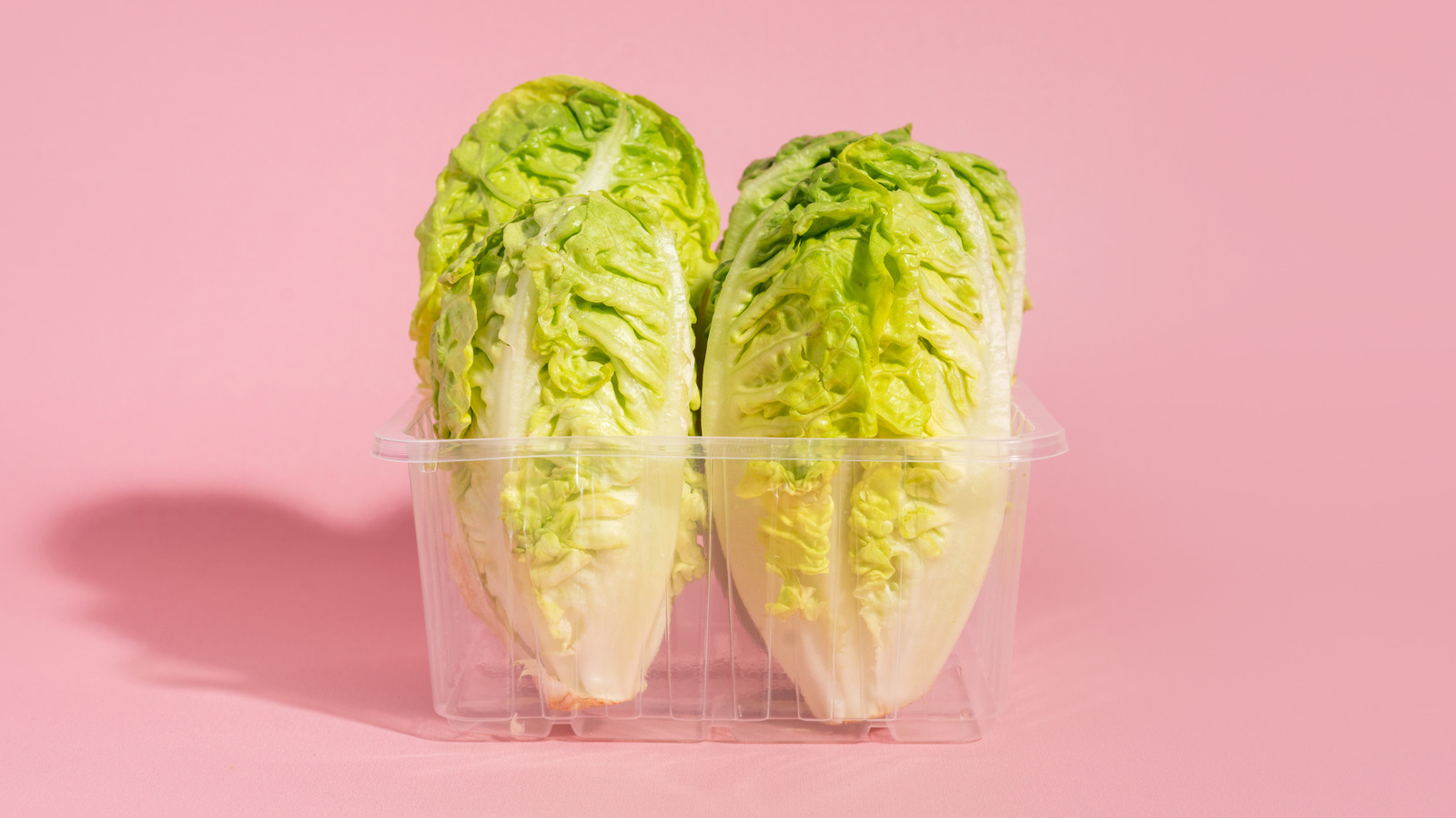
"Whether you love cooking with leafy greens or prefer tossing them into a bowl with some dressing, it's a good idea to stock your produce drawer with these nutritious veggies. The only issue? You might notice them changing color before you're even halfway done. Take lettuce for example. The crisp green leaves can start to turn pink as they try to stave off spoilage. Though it's not unsafe, it may look unappetizing."
"The main cause is oxidation, that is, a chemical reaction that occurs when the polyphenols inside the plant experience prolonged exposure to air. Some may also call this "rusting," an apt term considering that a similar process causes metal to rust. You might not be able to control air exposure (unless you put a lock on your fridge). However, as you may know, moisture also accelerates rusting on metal, and the same goes for your lettuce."
Lettuce often develops reddish-pink discoloration in the refrigerator because polyphenols oxidize when leaves are exposed to air. Moisture accelerates the oxidation process, so keeping leaves dry slows color change and spoilage. Avoid washing and prepping large batches; only wash and separate what is needed for each meal. After opening, bagged lettuce and salad kits can trap moisture and promote discoloration. Storing lettuce apart from high-moisture vegetables and using absorbent materials or proper ventilation helps maintain crispness and green color. These steps extend the lifespan and visual appeal of lettuce for salads, sandwiches, and other meals.
Read at Tasting Table
Unable to calculate read time
Collection
[
|
...
]